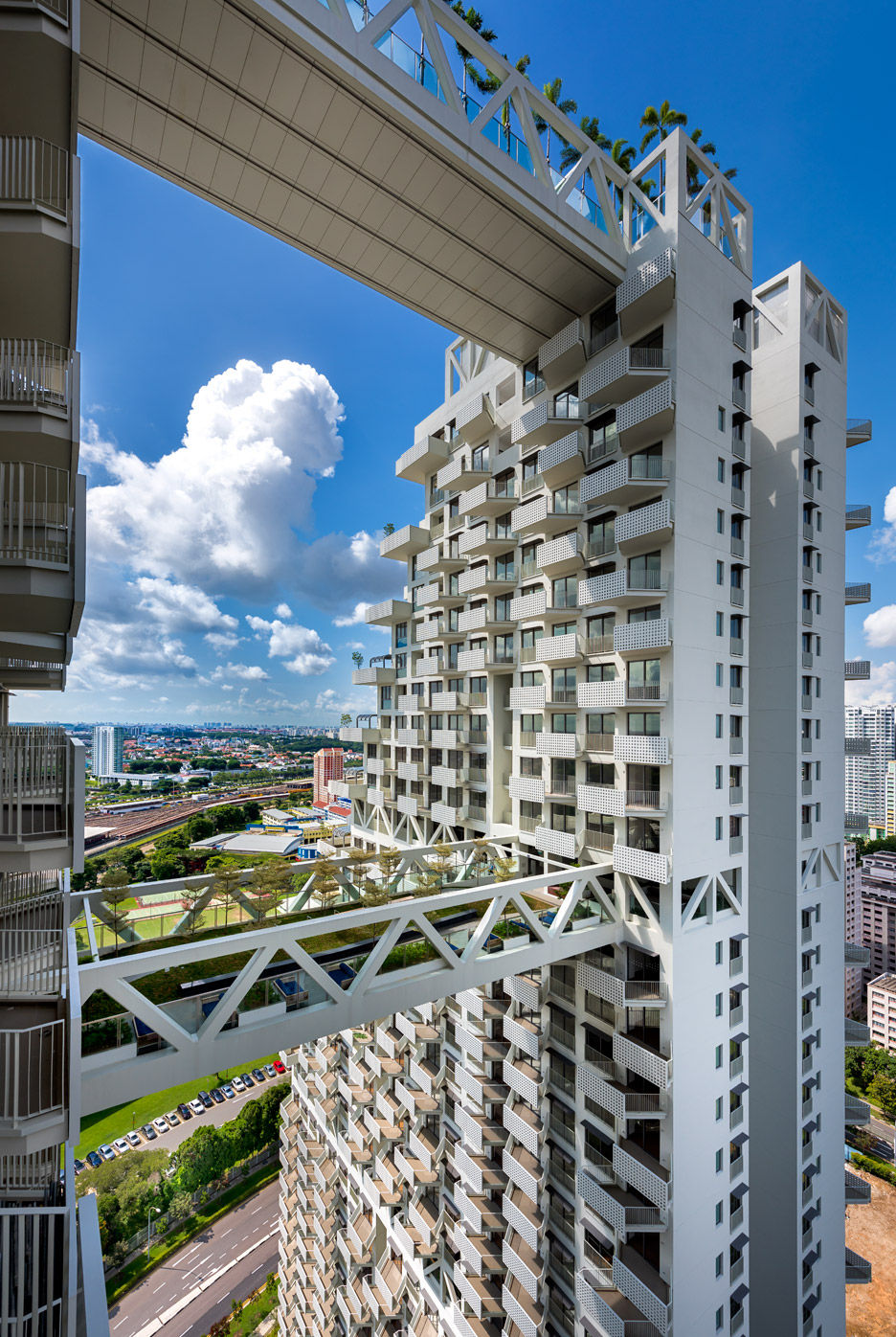A Simple 7-Step Guide to Owning Your Own Property in Singapore
- jess low

- Jul 14, 2021
- 4 min read

Nowadays, more and more people are purchasing their properties in Singapore. Before you invest in your flat here, please read through this 7-step guide:
1. Appoint a property agent
The first step to any property transaction is to appoint a property agent. As your representative throughout the process of buying and selling, it is crucial for him or her to be competent and experienced in the market. Stay with one agent per transaction because appointing more than one representative would lead to confusion and embarrassment since most agents in Singapore share the same portfolio.
Be frank with your agent regarding the kind of property you are looking for, such as the dimensions, location, and price. Clear instructions will help your agent direct you to the ideal residence quickly and accurately. A good agent can also act as a consultant should you require any legal and financial advice upon purchase.
2. Decide on a property
Based on your needs, the property agent will search for suitable properties. Once you have narrowed down to a few, you would be invited to view the units. During the rounds of inspection, pay attention to the furnishings, fixtures, and other special arrangements, if any.
Do not hesitate to negotiate for renovation or pricing. Property investments are long-term big ticket items, so make sure you are perfectly satisfied with the unit before agreeing to the purchase.
3. Option to purchase
Before procuring an Option To Purchase (OTP), do check your Additional Buyer's Stamp Duty (ABSD) liabilities. If you're a Singaporean who already owns at least one residential property, or a PR or foreigner, you will have to pay ABSD.
Once you have decided on a property, you should prepare 1% of the purchase price as the Option Fee in exchange for the Option to Purchase from the seller. For uncompleted properties, a booking fee of 5% is payable for the Option Fee. Upon which, you would be given 14 days to decide whether you want to purchase it. If you choose to do so, you should exercise the option by signing it and forwarding it to the seller 's solicitor, together with another 4% to 9% of the purchase price.
4. Complete the transaction
After you have completed the first 3 steps, leave the rest in the hands of your solicitor. He or she will prepare the Sales & Purchase Agreement and complete the sale in 8 to 10 weeks.
You could inspect the property one last time before the completion of the transaction if you seek the permission to do so in the Option to Purchase. You should check the furnishings of the property and the items that the seller has agreed to sell together with the unit.
Within 14 days of signing the Option to Purchase or the Sales and Purchase Agreement, Buyer Stamp Duty (BSD) has to be paid to the Inland Revenue Authority of Singapore (IRAS).
Please refer to the table below for the BSD rates, or the IRAS website for the latest rates:

In addition, the ABSD should be paid to IRAS too. Refer to the table below or the IRAS website for the latest ABSD rates:

While the agency commission is borne by the seller, which varies from 1% to 2% of the purchase price, you will have to bear the legal cost. The purchase is complete when the Certificate of Title is issued and the final balance is fully paid. If you took up a mortgage, the bank will keep the Certificate of Title until you have fully paid off the loan.
5. Apply for a bank loan
As a foreigner earning an income in foreign currency, you can secure a loan from a Singaporean bank for up a maximum of 75% of the purchase price.
Refer to the table below for the Loan-To-Value (LTV) limits, or the IRAS website for the latest rates:

The maximum loan tenure for housing loans is also capped at:
• 30 years for HDB flats (If you are applying for a loan through HDB directly, the maximum loan tenure will be 25 years)
• 35 years for non-HDB properties
It is important to note that the amount of loan is subject to property valuation by the lenders. From our experience in Singapore's Prime Districts, the majority of foreign borrowers can secure a loan of 70% of the purchase price. Banks in Singapore are also well-known for their competitive lending interest rates which vary year to year.
6. File for property tax
You should file for property tax on an annual basis after gaining ownership of the property. The amount payable is calculated by multiplying the annual value of the property with the tax rate. Annual Value (AV) is taken to be the estimated annual rent of your property
Refer to the tables below for the various tax rates:


7. Subletting of property
If you are purchasing the property as an investment, do take note of the rental yield of the unit. Your agent should give you a close estimation of the monthly rental of your purchase. For example, prime locations, such as Districts 9, 10 and 11 easily yield very high rental yields due to the desirability and high demand.
However, the IRAS treats rental as part of your income and charges income tax accordingly. For a non-residential foreigner without an employment or a pass for long-term stay, the prevailing tax payable is 22% of the rental yield, do check the IRAS website for the latest rate. For a foreigner who is employed in Singapore, the tax is much lower.
Now that you have read through all 7 steps, I hope you have a better idea of purchasing a property in Singapore!
Have questions or doubts? I welcome all enquiries.
Our discussions are always no-obligation. Drop me a message via the contact form or WhatsApp



Comments